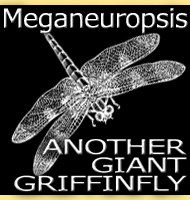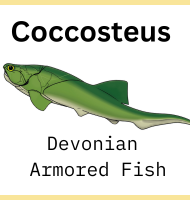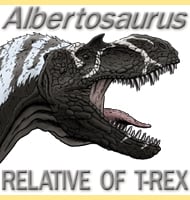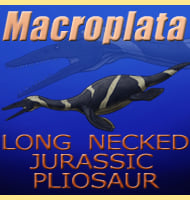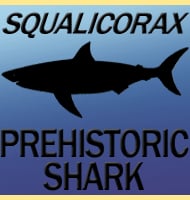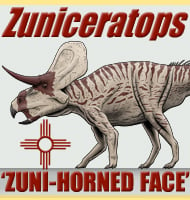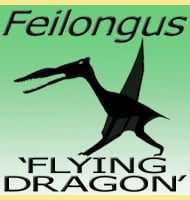In Depth
What information can be garnered about Hypselosaurus is that it was a medium sized titanosaur that lived in what is now Western Europe at the end of the Cretaceous period. Unfortunately it is very difficult to go beyond this because of the incomplete nature of recovered specimens (despite the popular image presented in fiction, complete fossil skeletons of prehistoric animals are the exceptions and not the rule).
One further area of study regarding Hypselosaurus are eggs that have been attributed to this dinosaur. These eggs are roughly spherical and thirty centimetres across, but one area of puzzlement is that some have much thinner shells than others. Explanations for this difference have suggested that the eggs are not all of the same species, or that the dinosaur that laid them had a dietary deficiency that meant there was less calcium and other nutrients to use in eggshell production. Other theories however have propositioned that the thinner shelled eggs were laid by younger individuals, while the thicker shelled eggs were laid by older Hypselosaurus.
Further Reading
Further reading- Notice sur les reptiles fossiles des d�p�ts fluvio-lacustres cr�tac�s du bassin � lignite de Fuveau [Notice on the fossil reptiles from the Cretaceous fluvio-lacustrine deposits of the lignitic Fuveau Basin]. – M�moires de l’Acad�mie des Sciences, Belles-Lettres, et Arts de Marseille 1868–1869:345-379. – P. Matheron – 1869.

